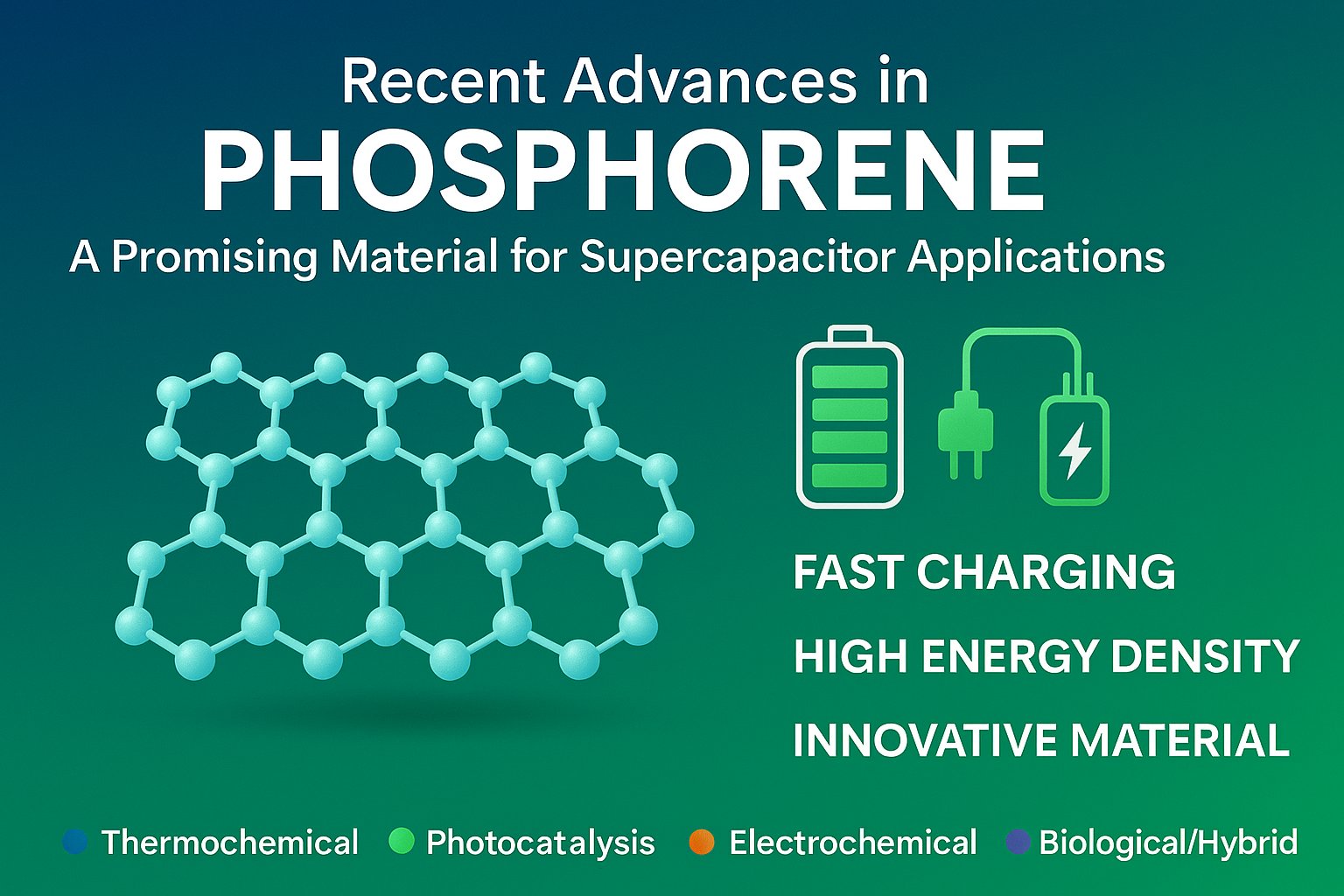🔬 Researchers have developed a new methodology for the synthesis of pyrrolo-coumarins, a class of bioactive compounds found in marine natural products and synthetic compounds. The new method involves a one-step cycloaddition-lactonization reaction using ethyl isocyanoacetate as a key reagent. This approach provides a convenient and efficient route to access pyrrolo-coumarins with potential biological activities.
Summary
- 🔹 Pyrrolo-coumarins, including lamellarins and ningalin B, are a class of marine alkaloids with diverse biological activities.
- 🔹 Synthetic routes for pyrrolo-coumarin synthesis typically involve multistep processes, such as condensation, cyclization, and lactonization.
- 🔹 Previous methods utilized transition-metal-catalyzed dehydrogenative coupling or cyclization of prefunctionalized coumarins.
- 🔹 The new one-step strategy involves the use of ethyl isocyanoacetate as a four-atom synthon for the cycloaddition-lactonization reaction.
- 🔹 The optimized reaction conditions include the use of specific reagent ratios and temperature.
- 🔹 The method demonstrated good generality with various 2-hydroxychalcone substrates, delivering pyrrolo-coumarins in moderate to high yields.
- 🔹 The strategy can also be extended to the synthesis of chromenopyrrole-carboxylates and further functionalization of the obtained pyrrolo-coumarins.
The researchers developed a novel approach for the synthesis of pyrrolo-coumarins, a class of compounds with promising biological activities. Previous methods for pyrrolo-coumarin synthesis involved multiple steps, but the new strategy enables their construction in a single step. The key reagent in this method is ethyl isocyanoacetate, which acts as a four-atom synthon. The reaction conditions were optimized, resulting in good yields of the desired pyrrolo-coumarins.
The researchers tested the generality of their method by using various 2-hydroxychalcone substrates. These substrates contained different substituents at both the ketone and salicylaldehyde parts. The reaction successfully delivered pyrrolo-coumarins with moderate to high yields for a wide range of substrates. Notably, the method allowed for the scalability of the reaction in gram scale.
Furthermore, the researchers demonstrated the synthetic utility of the obtained pyrrolo-coumarins by subjecting them to Pd(II)-catalyzed cross-coupling reactions. These reactions provided access to fused pentacyclic pyrroles, expanding the structural diversity and potential applications of the synthesized compounds.
In conclusion, the developed one-step cycloaddition-lactonization strategy using ethyl isocyanoacetate represents an efficient and economical approach to synthesize pyrrolo-coumarins. The method is versatile and can be further used to make compounds that are practical and adaptable in pharmaceutical discovery and chemical biology studies.
Synthesis of Chromenopyrroles (Azacoumestans) from Functionalized Enones and Alkyl Isocyanoacetates
- Bubul Das, Anjali Dahiya, Nikita Chakraborty, and Bhisma K. Patel*
- Publication Date: July 6, 2023
- Organic Letters
- https://doi.org/10.1021/acs.orglett.3c01655




